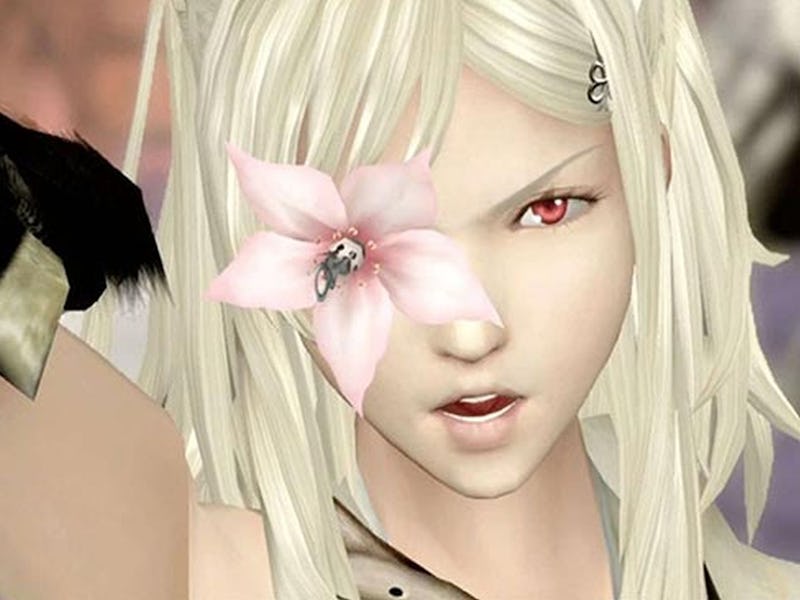Drakengard 3’s Greatest Trick Was Making Us Think It Was Bad
Zero is a girlboss.

What makes a bad game, anyway? For most of us, it’s frustrating and repetitive gameplay, or characters who are downright awful to be around. The last person you expect to hear these kinds of complaints from is the protagonist of the game in question.
That is exactly what Zero, the protagonist of Drakengard 3, does. What initially makes your eyes roll eventually turns into endearment as director Yoko Taro pulls off another magic trick. Nine years later, I still love Zero and Drakengard 3 because of their wry, knowing winks to the audience.
This must mean that Drakengard 3 isn’t that bad of a game. (Why would I keep writing about Drakengard games if they were so bad... right?) Yet the third entry in the series leans heavily into story and gameplay elements that are unquestionably frustrating or cringe-worthy, almost like Taro took the criticism of the first Drakengard to heart and wanted to show people what an actually bad Drakengard game could be.
From the start of Drakengard 3, which acts as a distant prequel to the first game, protagonist Zero is somebody that does not endear herself to the player. She’s psychopathic, has an affinity for cussing out everybody around her, and she ruthlessly abuses the newborn dragon, Mikhail. In the game’s opening hour, we learn that her goal is to murder her five sisters to save humanity. Not that all the people she murders along the way appreciate her noble cause.
As the player guides Zero along her revenge tour, a small party forms around her. As described by Zero, the party is comprised of “a dummy, a psycho, a waste of space, and a pervert.” Each one is a man who acted as a servant to one of Zero’s sisters. They are all disgusting characters who can’t stop making lewd comments during combat. Zero loathes them, and the player can’t help but agree with her.
The gameplay is similarly hard to deal with at first. Made up of average hack-n-slash combat and oftentimes frustrating platforming. Almost like she can read the player's thoughts, Zero will shoot off a sarcastic line about how repetitive platforming is or how the game has no real explanation for some elements of its world beyond saying “It’s magic” and hand-waving it away.
Yet somewhere amidst the sexual innuendos, repetitive fighting, and constant complaining from Zero — you learn to love it all. Combat and platforming aren’t that bad, they won’t blow you away but they get the job done. Similarly, the dialogue between characters happens to be actually funny in its own way. Even the non-stop lewd talk. There is a turn that occurs, though for every player it is different, and for some that turn may never happen, when the biggest hater of Drakengard 3 stops being the player and starts being Zero.
Zero is not thrilled to be here.
It’s a moment where I can feel Yoko Taro laughing. Because at this moment, yet again, he tricked me. I found myself as the pervert of the party because I liked Drakengard 3. Instead of agreeing with Zero, I had become too endeared to the characters and gameplay that I thought, “You know what Zero, I actually enjoy the nonstop banter during the thoroughly average hack-n-slash sections.”
How did this even happen?
Through all of this, I found myself liking Zero as a character more and more. Her violent and combative personality never fully disappears but layers reveal themselves over time. Her hater attitude is a defensive mechanism protecting her, and in the end, she is doing a good act for the sake of those around her. Even if it means she probably will end up kicking the bucket alongside her sisters.
Zero acts as an inversion of the first Drakengard’s Caim. Where Caim was set up as a traditional heroic figure, the game revealed his darkness through revelations and taboo relationships. Zero, on the other hand, is a hateful and distasteful character from the beginning and the game slowly teases out her humanity. Nearly a decade on, Drakengard 3 reminds us that not everything that appears bad at first glance truly is.